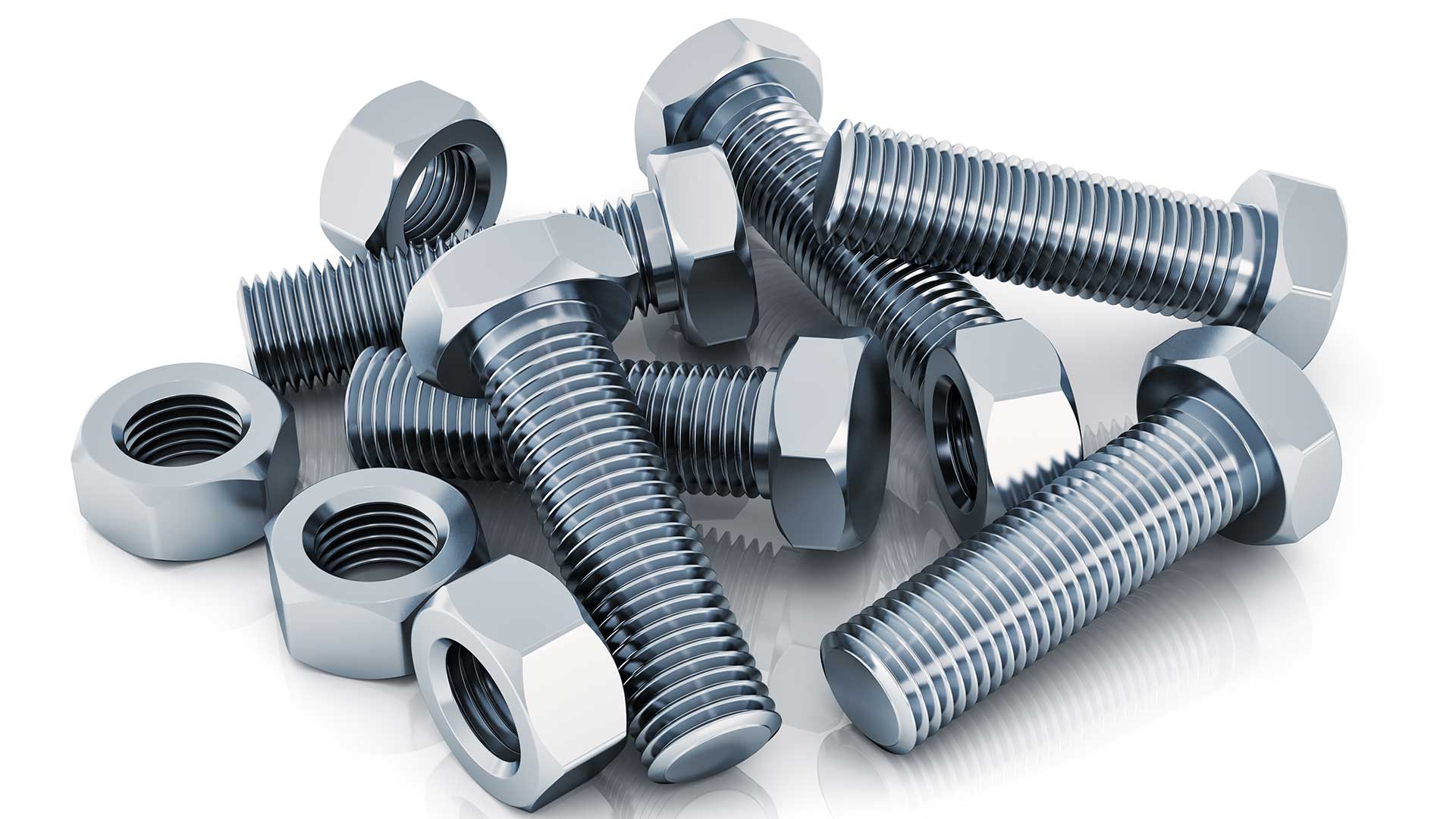If you’re working with metal machinery, you may experience friction that leads to galling. This can cause a lot of heat and lead to damaged fasteners that seize up.
Stainless steel and aluminum fasteners are particularly susceptible to galling, but all metallic materials can be affected. A proper lubricant can help reduce the friction that leads to galling.
What is Galling?
Galling is a type of severe adhesive wear that occurs when two metal surfaces come into contact under load. Also known as cold welding, this form of wear involves the formation of a solid bond between the surface asperities of the two materials. These asperities can be sharp, rough or uneven and encourage the formation of large fragments or surface protrusions under high stress.
Stainless steel is particularly susceptible to galling because of its “sticky” properties. Once the lubricating oxide layer is rubbed off the material, the asperities of the mating surfaces can collide and generate heat that melts the adjacent material. This is the start of a snowball effect where more and more heat is generated by the friction between the materials.
Surface treatments can significantly reduce the likelihood of galling. Pickled, nitrided, carburised or cold worked surfaces are generally more resistant to galling than standard machined or shot peened surfaces. Electropolishing can smooth the surface and remove any roughness that might encourage galling.
What Causes Galling?
Galling occurs when metal surfaces contact each other with sufficient force, causing adhesion and friction which then leads to the tearing of the crystal structure underneath the surface. Stainless steel and aluminum are particularly susceptible to galling. Various factors can contribute to the process including dirty or damaged threads, incorrect lubrication, improper installation and transporting procedures which damage or contaminate the surfaces, and more.
Different metals have different atomic structures which affect their tendency to gall. For example, aluminium is very prone to galling but duplex or martensitic stainless steel is not. Generally, the harder the alloy the less prone to galling it will be. When selecting a fastener it is important to take this into account, as well as ensuring the correct lubrication for the application. Also, when installing fasteners be sure to reduce the speed of installation which will generate less friction and heat and thus delay the onset of galling. If a nut or bolt binds during installation, stop and allow the heat to dissipate before continuing.
How to Prevent Galling
There are a few preventative measures you can take to keep galling from occurring. The first and most obvious is to use proper lubrication. Using a good MRO anti-seize is a great solution because it reduces friction between the fasteners and protects them from corrosion.
Another way to prevent galling is to slow down your wrench speed during installation and removal. This will reduce the amount of heat that is generated by the threads as they rub together, which can cause them to seize up. You can also try to use different stainless steel grades for adjoining fasteners. Because they have different hardness ratings, they are less likely to fuse with one another.
Finally, you can use a dry lubricant like Neolube to reduce the friction between the threads and prevent them from sticking. By following these tips, you can avoid the expensive damage and downtime that can result from galling in your systems and components.
How to Remove Galling
Galling can be extremely difficult to remove. When two surfaces come into contact under high levels of pressure and friction they can “cold weld” together forming a solid bond that is difficult to separate. This can lead to thread loss and other serious mechanical problems. Use of a lubricant can help reduce the risk of galling as it creates a barrier between the contacting surfaces to limit contact and reduce the buildup of heat and friction. Choosing a dissimilar material and one with a hard surface can also decrease the likelihood of galling as they are generally less ductile than the material being used and can provide a layer of protection against high points that could otherwise cause galling.
Slowing down the installation speed can also help to prevent galling as it allows the protective oxide film to build up and reduces the amount of friction that is generated. Using tools with lower torque ratings can also prevent galling by reducing the amount of pressure being applied to the fastener.

